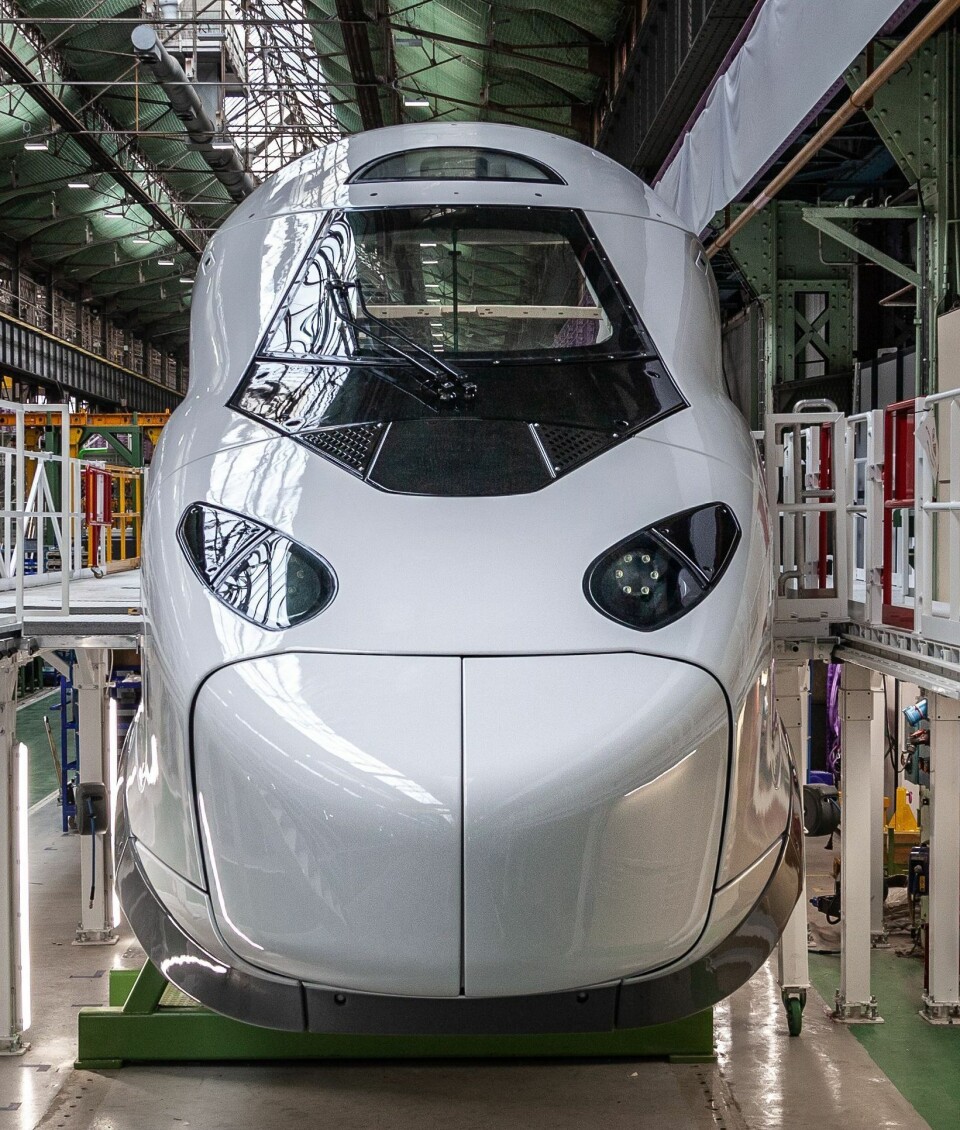-
Dordogne and Corrèze on alert for flooding on Easter Sunday and Monday
Persistent rain and thunderstorms have caused rivers to swell
-
Approval of roadside noise cameras in France will see fines issued against loud vehicles
The devices known as meduses already exist in several cities but so far have only been ‘instructional’
-
White storks make strong return in France via nest ‘platforms’ and clipped wings
The Ligue pour la Protection des Oiseaux shares the conservation challenges in saving these birds from extinction
See France’s superslick and eco-friendly TGV of the future
The TGV M will use 20% less energy than existing models, while maintaining the same top speed of 320km/h

President Emmanuel Macron was at Paris’ Gare de Lyon on Friday (September 17) to celebrate the 40th anniversary of France’s trains à grande vitesse (TGV) and unveil a model of the “TGV of the future.”
Around 12 TGV Ms are expected to enter common circulation in early 2024, initially serving the southeast of France, and manufacturer Alstom will continue to supply them until 2031.
Previously, new TGV models have been marketed based on the speeds that they can reach. However, in the TGV M Alstom sought to create an “innovative and efficient” train with a smaller carbon footprint.
The new train — of which SNCF ordered 100 in 2018 at a cost of €2.7billion — will use 20% less energy than the existing model, while maintaining its top speed of 320km/h (199m/h).
It will also be able to carry 20% more passengers — 740 as compared to the current maximum of 600 — and be more adaptable, bringing with it the possibility of adjusting the number of carriages, switching first class to second class and reconfiguring the interior of each car.
The new model will be 97% recyclable, while generations in use today are 90% recyclable.
SNCF estimates that the TGV M’s design will bring its maintenance costs down by 30%.
In April, Mr Macron’s government pledged €6.5billion to enhance France’s high speed rail offering and encourage train use to reduce emissions.
This sum will contribute towards the development of TGV services from Bordeaux-Toulouse, Nice-Marseille and Montpellier-Béziers, with an extension to Perpignan.
Mr Macron has also announced the elimination of two taxes totalling approximately €200million per year, which normally apply to TGVs and help to finance Intercités trains.
“This decade will be about innovation for the TGV,” said Mr Macron at the Gare de Lyon, where he was joined by Economy Minister Bruno Le Maire and Transport Minister Jean-Baptiste Djebbari.
In the future, Alstom hopes that its “innovative” TGV M will run in other European countries, following the example of services such as SNCF’s Ouigo TGV, which launched a Madrid-Barcelona line in May.
Related articles
France’s health pass: the rules for TGVs and other train journeys
SNCF in ‘historic’ loss of Marseille-Nice route to private competitor
























